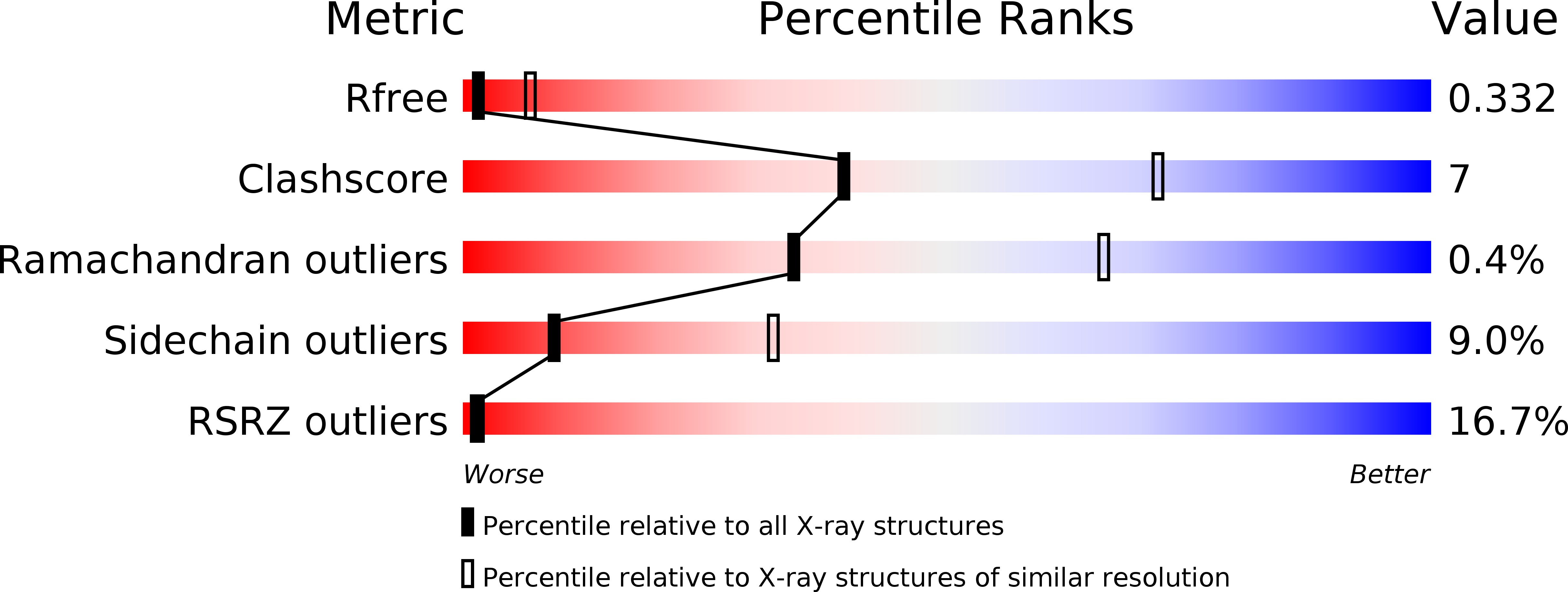
Deposition Date
2014-11-19
Release Date
2014-12-17
Last Version Date
2024-11-06
Method Details:
Experimental Method:
Resolution:
3.30 Å
R-Value Free:
0.32
R-Value Work:
0.29
R-Value Observed:
0.29
Space Group:
P 21 21 21


